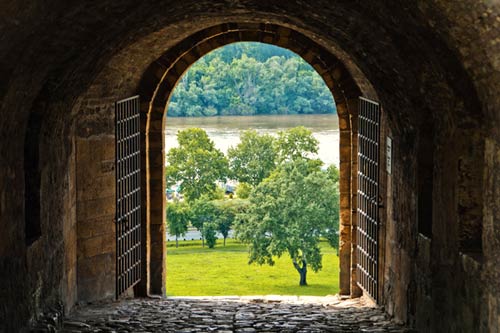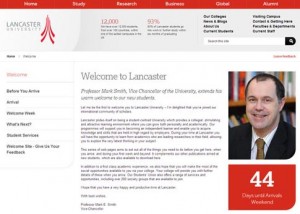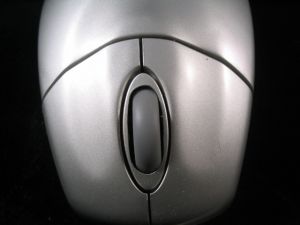
Websites are like grocery store shelves – users pay selective attention to only certain items.
Do you know what your readers are actually seeing on your website?
Of all the variables affecting the success of a box of cereal, grocery shelf positioning is at the top of the list. [1] In fact, the optimum shelf height for selling a box of cereal is 60 inches (152 cm) high [2].
The strategy behind grocery shelf placement revolves around the science of visual attention. Countless visual stimuli battle for our attention at all times. The human visual system filters this incoming data, reserving only a few relevant pieces of information for higher-level cognitive processing. [3]
Online Tunnel Vision
Research indicates that the online viewer is not excluded from this selective visual processing. Renowned Human Computer Interaction expert Jakob Nielsen refers to this online selective processing as ‘tunnel vision’. [4]
Nielsen states: “Users don’t look around much. They often stay highly focused on the screen section that they’re engaging with or that they assume contains the answer to their problem.”
Nielsen conducted a study to investigate this form of online tunnel vision. They asked users to view a corporate website, and determine when that corporation entered the U.K. market.
Interestingly, although the answer to the question (which was year 2000) was prominently presented in large font size at the upper left side of the screen, next to a picture located above the text, the user did not see it. In fact, they managed to read through the entire page, finally locating the year ‘2000’ in the very last sentence of the substantial body of text. – They completely missed the bold ‘2000’ displayed in large font that one would think impossible to miss.
A Light at the End of the Tunnel
Grocery shelf selective attention and online tunnel vision are similar in that they are dependent upon a myriad of factors. However, classic Gestalt Principles offer a simplified solution for online tunnel vision – group similar objects together on the page.
Gestalt Principles are rules of the organization of the visual field. The Similarity Gestalt Principle states that we group visual elements that are similar to each other in order to simplify our higher-level cognitive processing of visual elements. According to this principle, when objects with similar lightness, color, size, orientation, or shape are grouped together, they are easier for the brain to process, and are thus more noticeable.
So, with this information in mind, the corporate website featured in Nielsen’s study should have grouped the large, bold ‘2000’ with the rest of the text, as opposed to separating it from the rest of the text with a picture.
Therefore, it is wise to group images with images, and text with text. This will make your website more readable and effective. The user’s brain will also thank you for reducing its workload.
Resources
[1] Cox (1970) The Effect of Shelf Space upon Sales of Branded Products.
[2] Chung, Schmit, Dong, & Kaiser, (2007) Economic evaluation of shelf space management in grocery stores
[3] Walther et al. (2005) Computer Vision and Image Understanding
[4] Jakob Nielsen’s Alertbox. August 27, 2012: Tunnel Vision and Selective Attention


